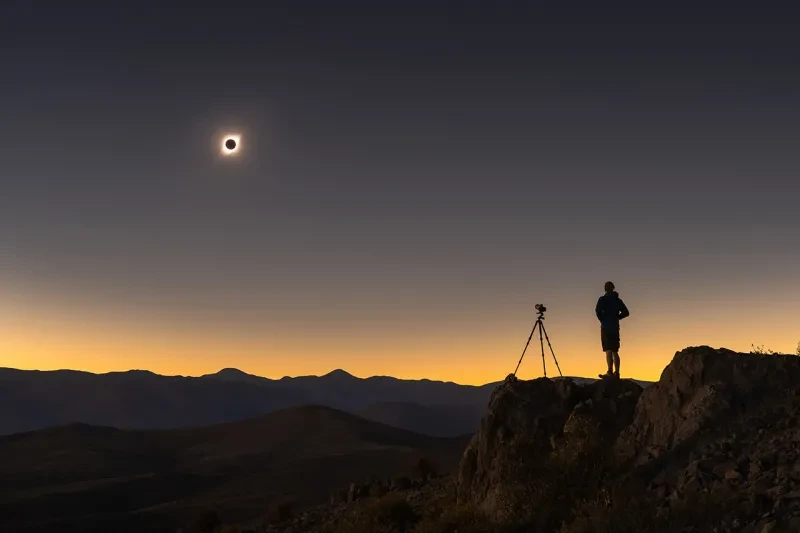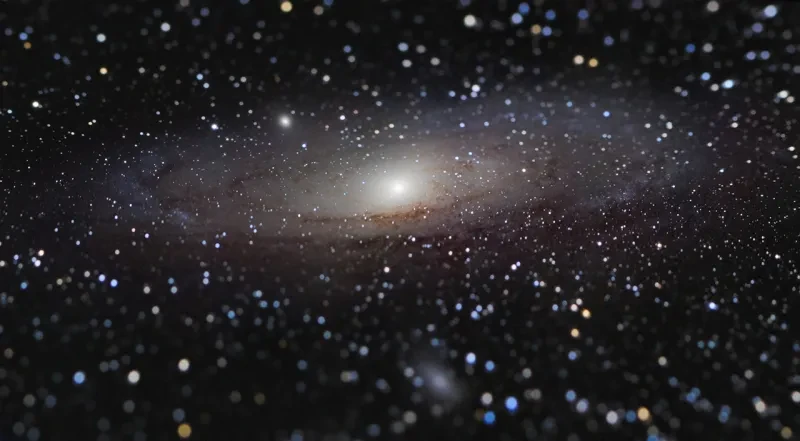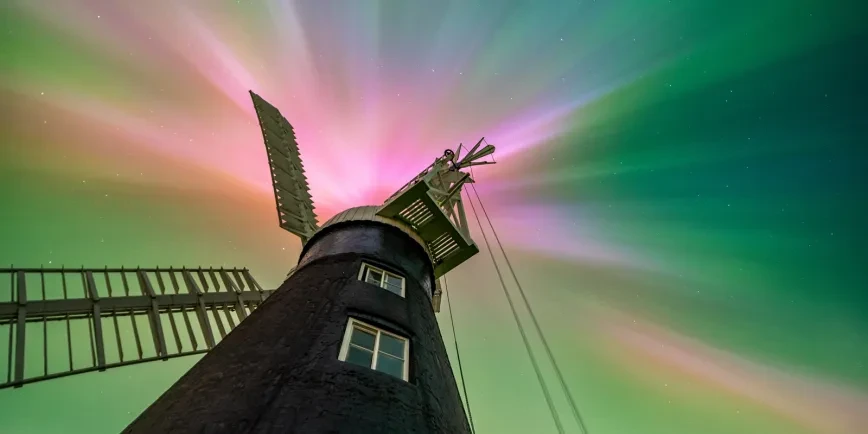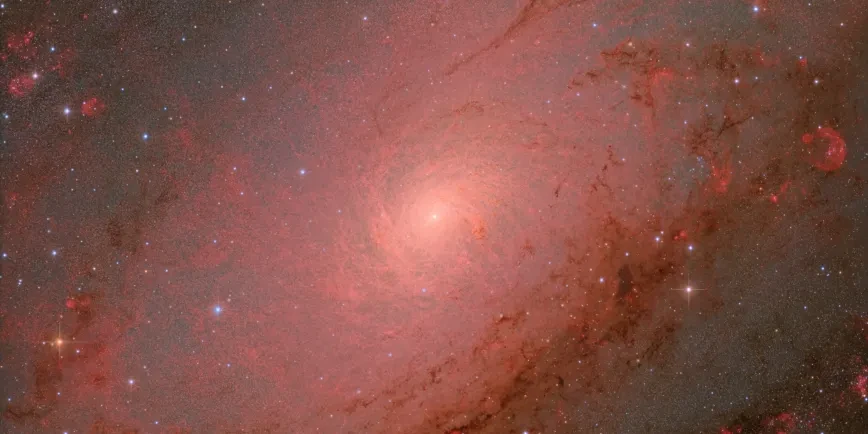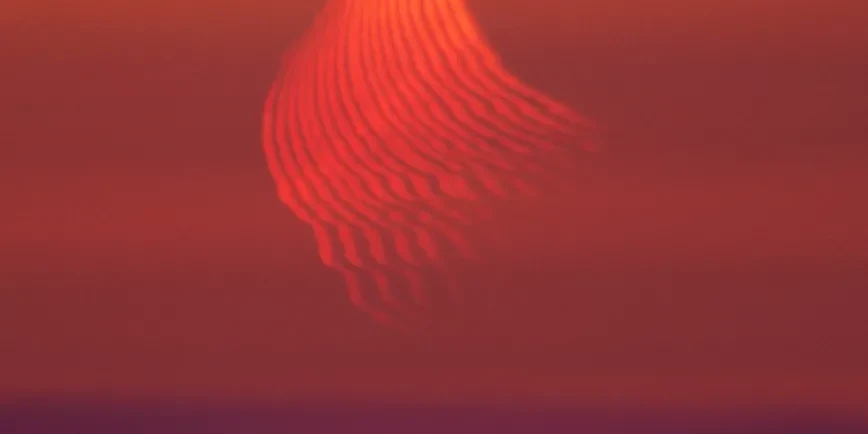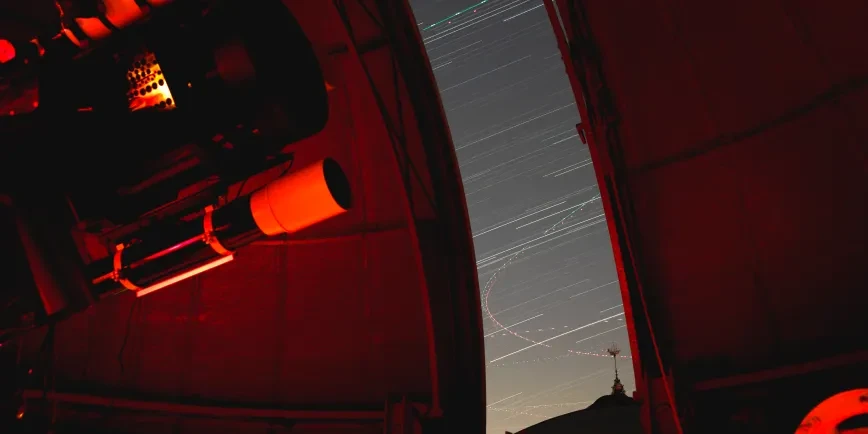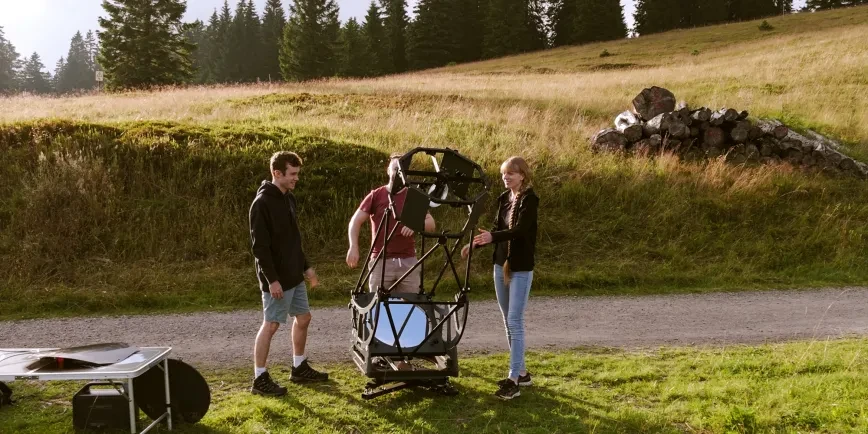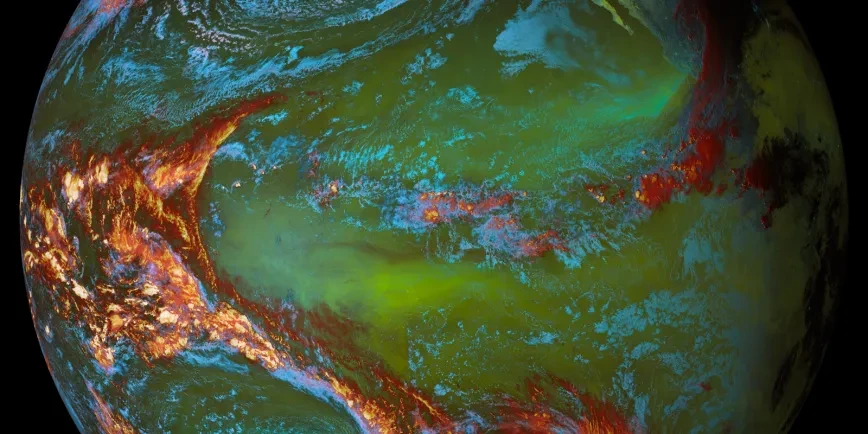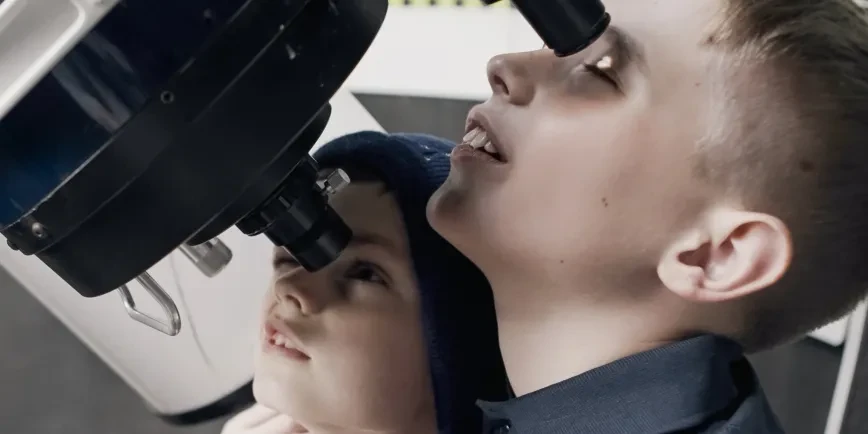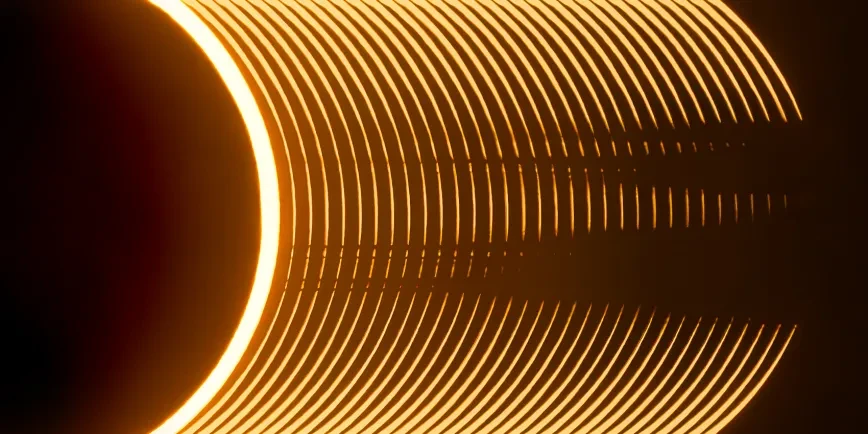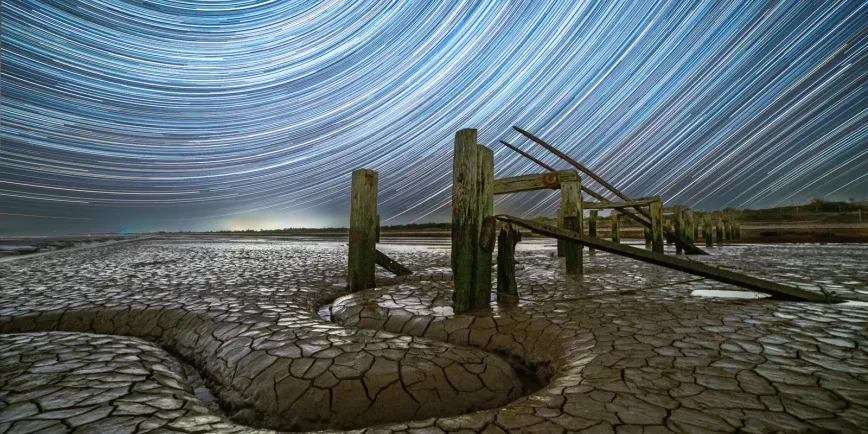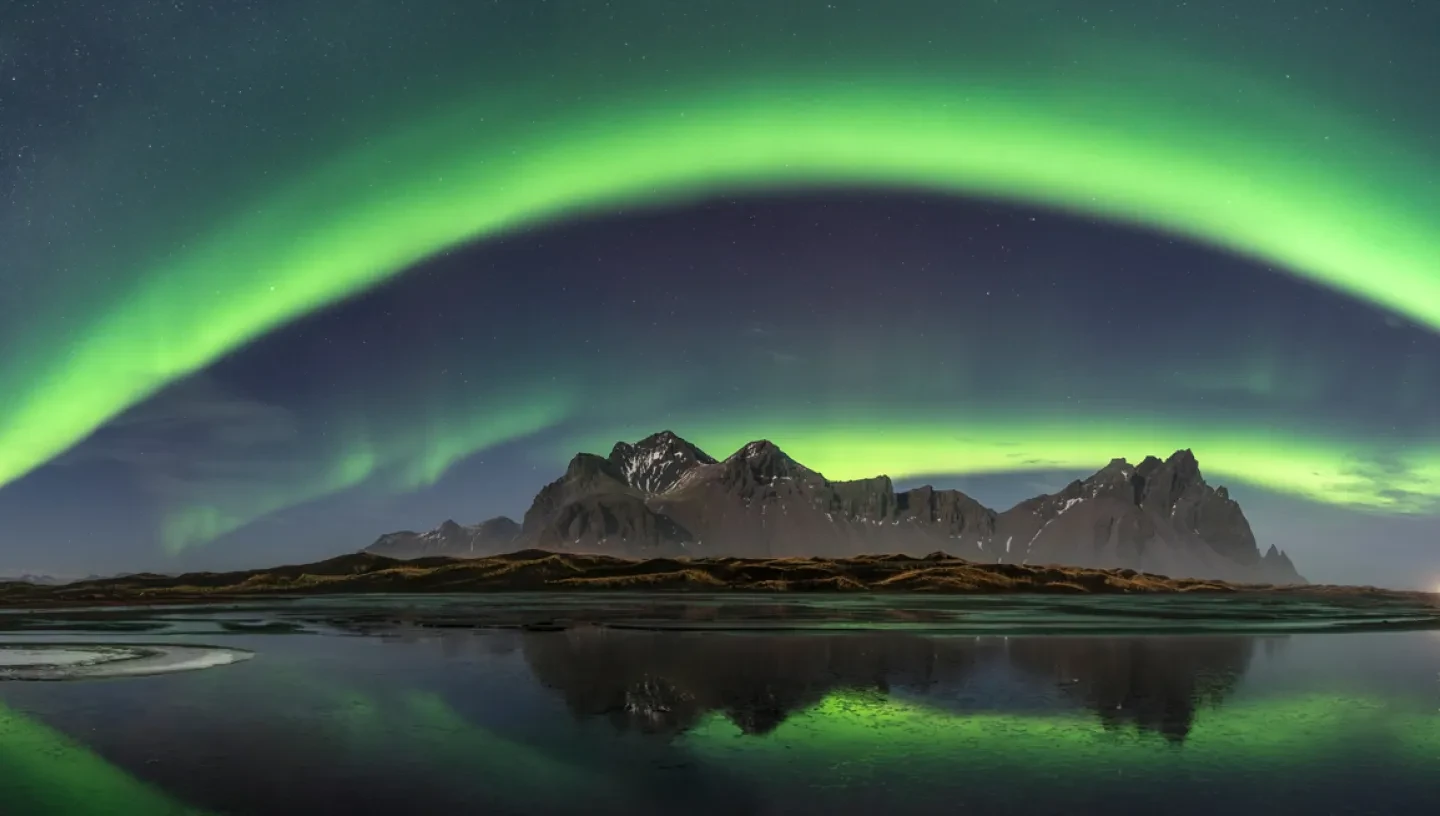
ZWO Astronomy Photographer of the Year is the largest international competition of its kind.
Every year we showcase the best space photography from a global community of astrophotographers.
The competition is open to all. An expert panel of judges will then select the best images from each category and together decide on the winning images.
These winning and shortlisted photos then go on display at the National Maritime Museum in our dedicated photography gallery space.
Learn how to take incredible images of the night sky with expert advice from astronomers and award-winning photographers
Never miss a shooting star
Sign up to our Space newsletter to keep up to date with the latest news from the Astronomy Photography of the Year competition and exhibition
Sponsors and partners


Main image: Celestial Arch © Luis Vilariño - shortlisted in ZWO Astronomy Photographer of the Year 2025

